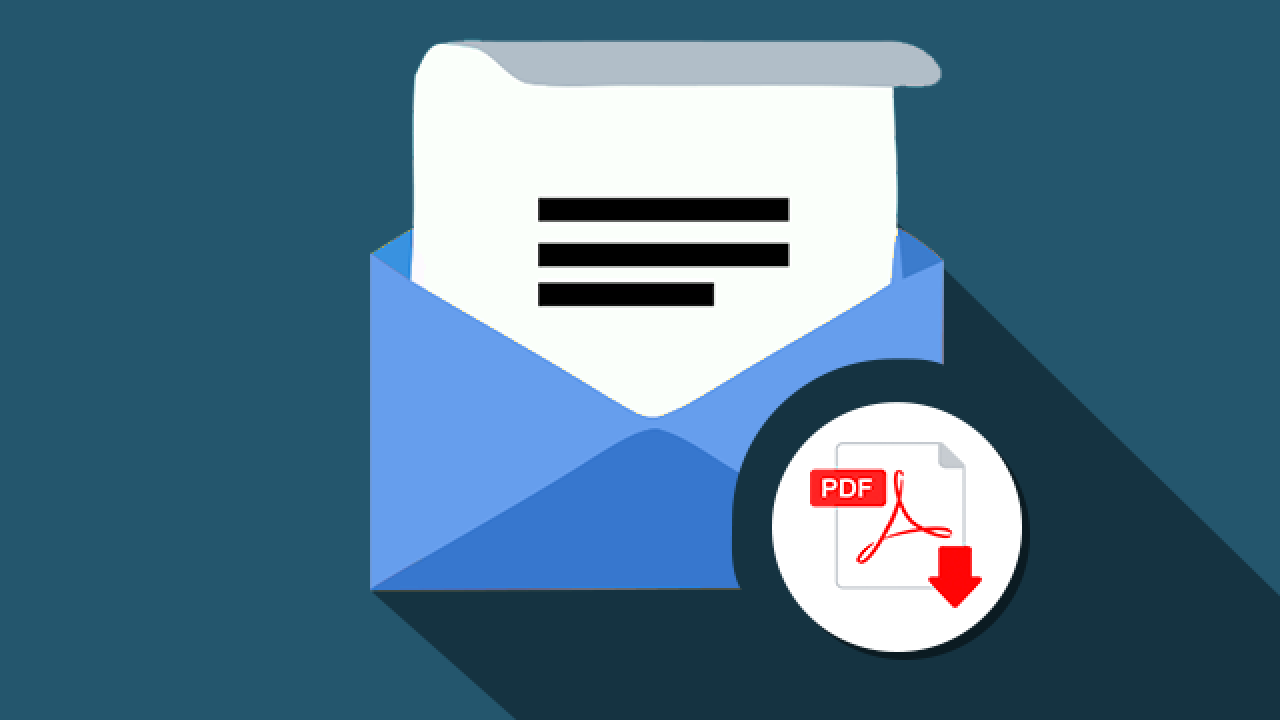Gmail is a well-known and popular platform for email in the digital age. However, managing and organizing your email can be a challenge. It’s helpful to be able to store and share emails in the format of PDF.

Why should you save emails in PDF format?
Let’s first understand the reasons why it’s important to save emails as PDF. Portable Document Format (PDF) is a universal format that is compatible across a range of devices. When you convert your emails into PDF, it creates a photocopy that keeps the original layout and format of your email. This helps ensure that the details are preserved, and allows for sharing.
How to save a single email as PDF in Gmail
1. The email will be opened: Log into your Gmail Account. Click on the email you would like to save as PDF.
2. Click the Print icon. Locate the icon for printing (usually an printer). To open the print dialog, just click it.
3. Select “Save as PDF” in the field for Destination: Select “Save as PDF” from the list of available printers.
4. Adjust Settings (Optional): Before saving, you can change settings like layout sizes, paper size and orientation according to your preferences.
5. Click “Save”. Click on the Save button to select the folder to save the email as a PDF.
Your Ultimate Guide to Seamless Conversion
We’ve already given the fundamentals, but let’s take a examine some additional suggestions to help you get the most out of saving emails to pdf in Gmail.
Organise using folders: To maintain a systematic method of organization, create separate folders for various categories. For instance, you could have folders for emails related to work, personal correspondence, or specific projects. These folders make it easy to retrieve emails by saving them as PDFs.
Batch Processing When you have multiple emails to save, Gmail allows you to select and print them in a batch. This feature will save you time. It is particularly useful when you need to archive whole discussions or project threads.
Name conventions: Use a common name for all of your PDFs. Include important information like the sender’s email address, the subject, or even the date, for easy locate files.
Password protection: To increase security, password protect sensitive PDFs. It will ensure only those with valid authorizations can be able to view the document. This is an added layer of security.
Cloud Storage Cloud Storage: Connect your Gmail with cloud storage. You can then save your email messages to Google Drive or other platforms in the form of PDF files, allowing access from anywhere.
Conclusion
In conclusion, the ability to save emails as PDF in Gmail is a valuable skill that enhances your email management and organizational capabilities. When you’re trying to save important messages or creating a reference library, or sharing information with your colleagues, the conversion of emails to PDF offers an incredibly flexible solution.
Make sure to master this process. It does not just streamline your workflow, but can also result in a more efficient and well-organized digital experience. As you explore the vast ocean of emails, make use of the capabilities of PDF to archive as well as share your messages effortlessly. Keep your emails in a PDF file and experience the most efficient Gmail experience.
